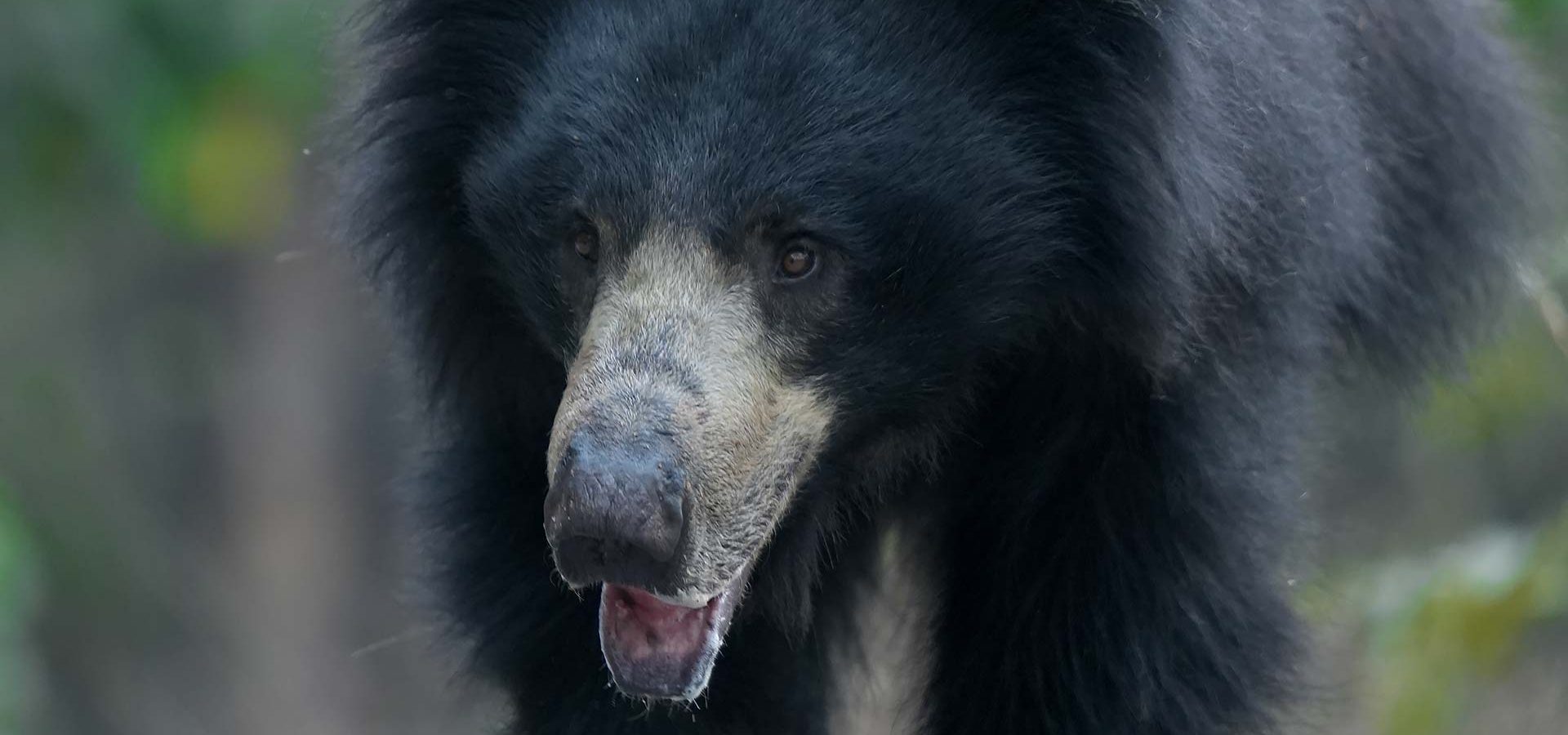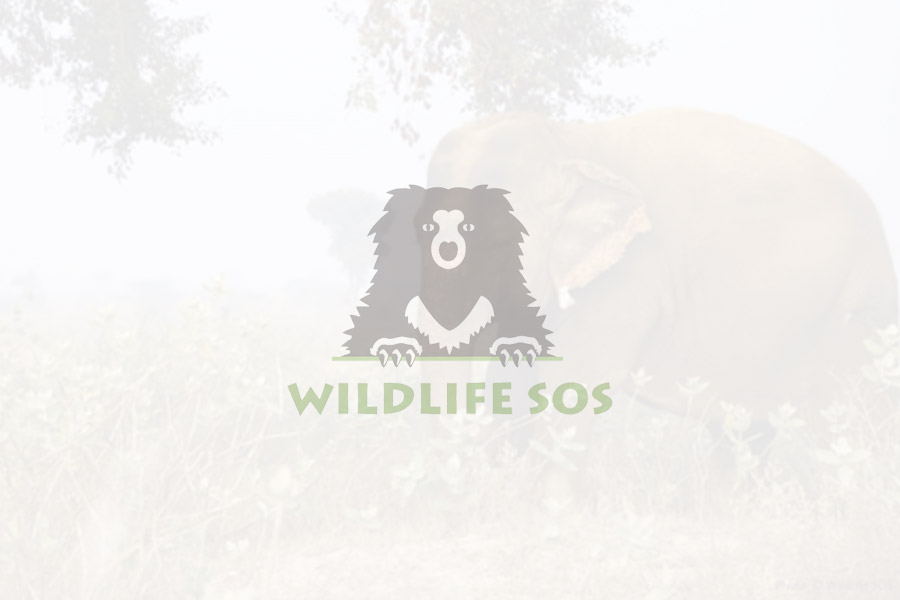Sloth bears, like all bear species, are generally considered solitary carnivores. Though sloth bears generally do not eat red meat, they are bears and therefore fall under the Order Carnivora. So yes, they are carnivores. But are they truly solitary? Most carnivores, outside of the Family Canidae, which include wolves and dholes, or the lion (Panthera leo) from the Family Felidae, are considered solitary. However, this is overly simplified and in many cases incorrect. We are just beginning to understand the complex social lives of bears, and specifically sloth bears.
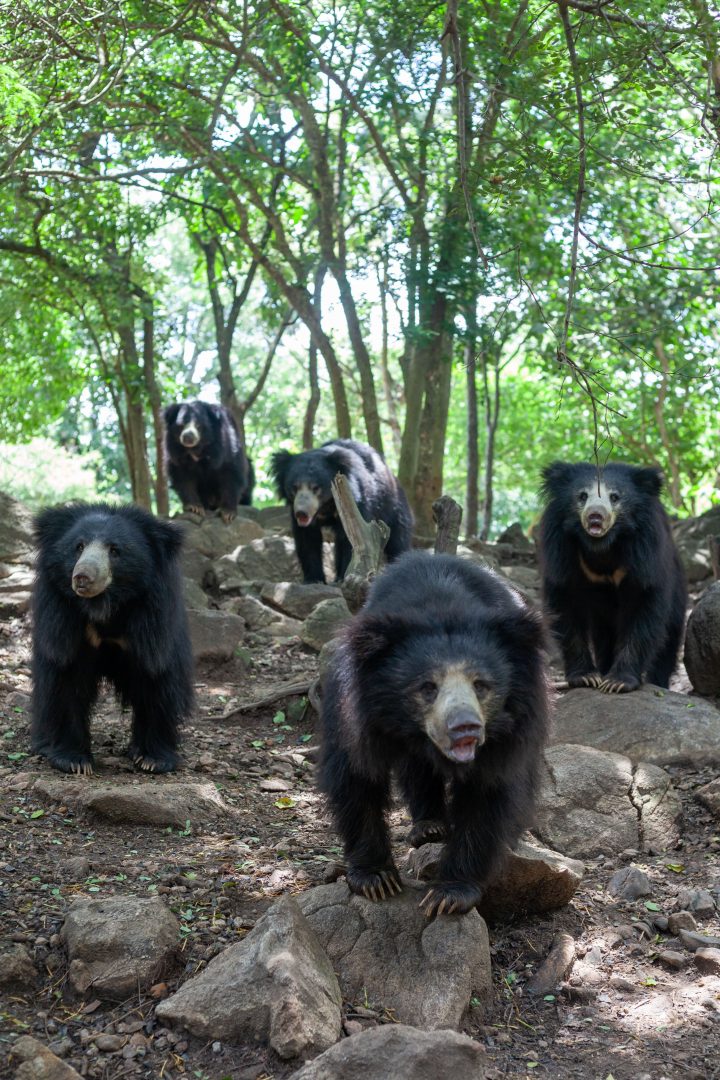
To date, the social lives of American black bears (Ursus americanus) have been studied in more depth than any other bear species. This is likely due to the fact that they are relatively common and easy to work with. Two books, Walking with Bears: one man’s relationship with three generations of wild bears by Terry Debruyn, and Out on a limb: What black bears have taught me about intelligence and intuition by Benjamin Kilham, give us glimpses into the social lives of these “solitary carnivores” and the relationships between individual bears as they live their lives in the wilderness. As it turns out, American black bears have complex relationships with other bears that can last a lifetime. Closely related female black bears, mothers and daughters or sisters, may stay close, both in distance and in having a strong tolerance for one another. Daughters tend not to disperse far, preferring to stay close to the location of the mother bear. And when resources are scarce, American black bears have been observed sharing resources with their relations, as well as with non-relations. It’s true that male bears are a little more solitary, but even they have complicated relationships with other bears that may continue throughout their lives.
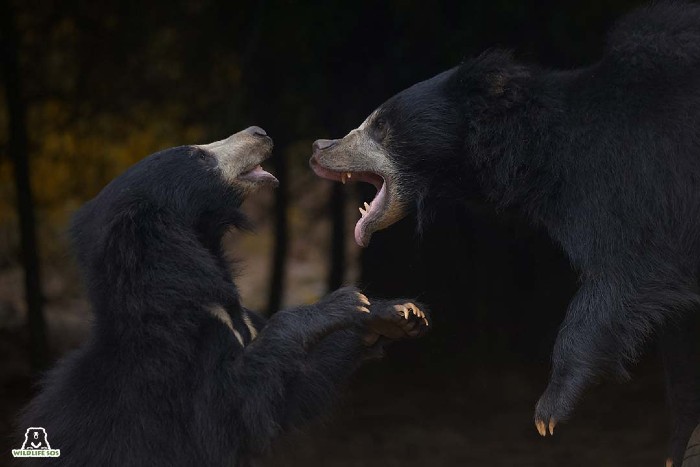
All indications are that brown bears (Ursus arctos) behave in much the same manner. However, they haven’t been studied to the same extent as black bears, most likely due to the heightened potential dangers of living with brown bears. We do know that the adoption of brown bear cubs has occurred and that these cubs are raised until they disperse on their own. Wildlife SOS has documented brown bear cubs from different mothers playing together on many occasions at a trash dump outside of Kashmir. We believe the mother bears were very tolerant of the cub interactions because the mothers themselves were closely related, probably as mother and daughter or sisters. Unfortunately, we have not been able to confirm this.
But what about sloth bears? Though sloth bears are known to be very dangerous to humans and will charge tigers, they appear to be rather gentle with one another. Though fights between sloth bears do occasionally break out, usually it amounts to no more than a large squabble. Wildlife SOS has been studying the behaviour of wild sloth bears by the use of camera traps on the Deccan Plateau in southern India. We have observed the comings and goings of both family units and individual bears. We even documented two family units (mothers with cubs) sharing the same maternal den for several days. Based on what we know about bears in general, we believe it likely that the two mother bears are related.
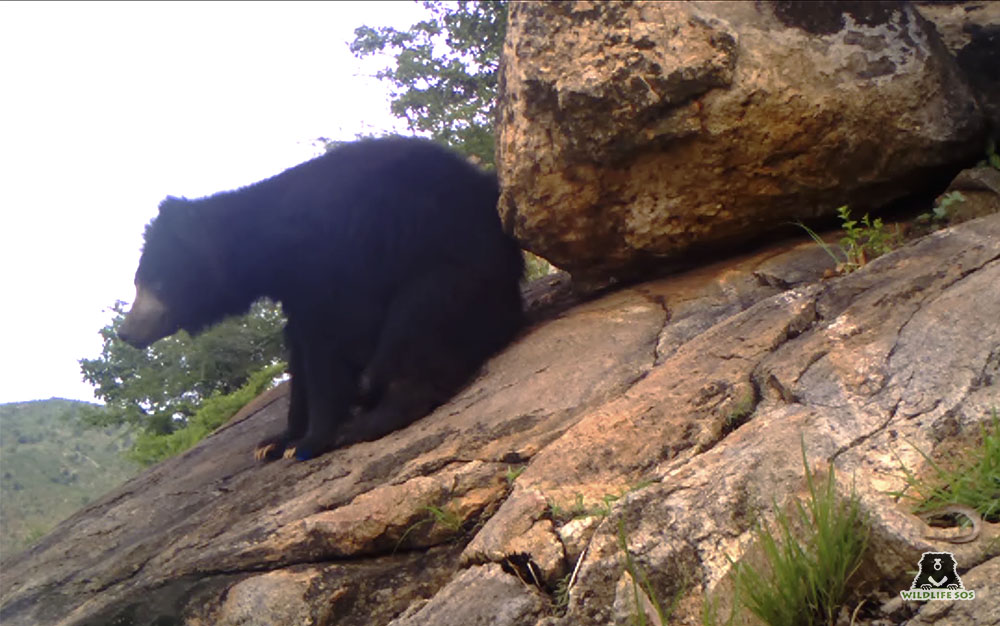
Sloth bears often communicate through the use of chemical communication. They urinate, defecate and pedi- mark (rub their feet in the ground) near den entrances. This way, other bears that come by the den know what other bear has been in the area. There is a lot of overlap in the home ranges between individual bears and thus interactions between bears is relatively common. We documented a fight between a juvenile male and an adult male near a den entrance. However, neither bear appeared injured in any significant way and both were caught on camera multiple times after the incident.
We are constantly learning about the social lives of sloth bears. However, it is fair to say that just like the American black bear, sloth bears have a much more complicated social life than one might have anticipated.
Wildlife SOS has been studying the ecology of wild sloth bears in India for over a decade. The results of these field studies are important to the future conservation of the species. While some studies are directly applicable to sloth bear conservation, such as understanding home ranges and habitat needs in fragmented habitats, other studies, such as understanding the social lives of sloth bears, are often more indirectly important. Insight into these bears highlights the complex individuality and complicated social connections, and helps us to see how similar they are to us. Stay tuned as Wildlife SOS makes further discoveries about one of the least known bear species in the world.

